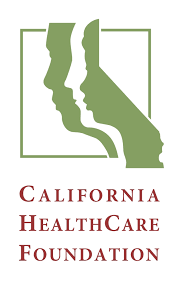A model for healthcare providers that serves low-income, complex patients with opioid use disorder with a focus on integrating medications for opioid use disorder and primary care as well as overcoming implementation barriers
The California Health Care Foundation (CHCF) started a pilot project in 2015 to lower the cost of care for patients with opioid use disorder (OUD) and improve outcomes as well as address other complex care needs in the primary care setting. Integrated models that included medications for opioid use disorder (MOUD) were developed with a focus on sustainability in community health center settings in California, and these were funded through the CHCF.
This initiative was designed to overcome barriers to implementing an integrated care model with buprenorphine prescribing, and included eight partnerships consisting of eight Medi-Cal plans and ten healthcare provider organizations, five of them federally qualified health centers and four county-funded providers. These challenges include identifying and engaging patients, integrating multiple disciplines with different cultures, navigating fragmented financial sources, and lack of evidence of cost-effectiveness of this type of initiative.
Researchers from the Urban Institute’s Health Policy Center performed an evaluation of the program with aims to assess program implementation and identify program goals, do preliminary measures of evaluation objectives, and explore the potential of measuring the program’s return on investment.
There is tremendous opportunity to increase access to OUD treatment in outpatient primary care settings using buprenorphine and naltrexone as part of an integrated program.









